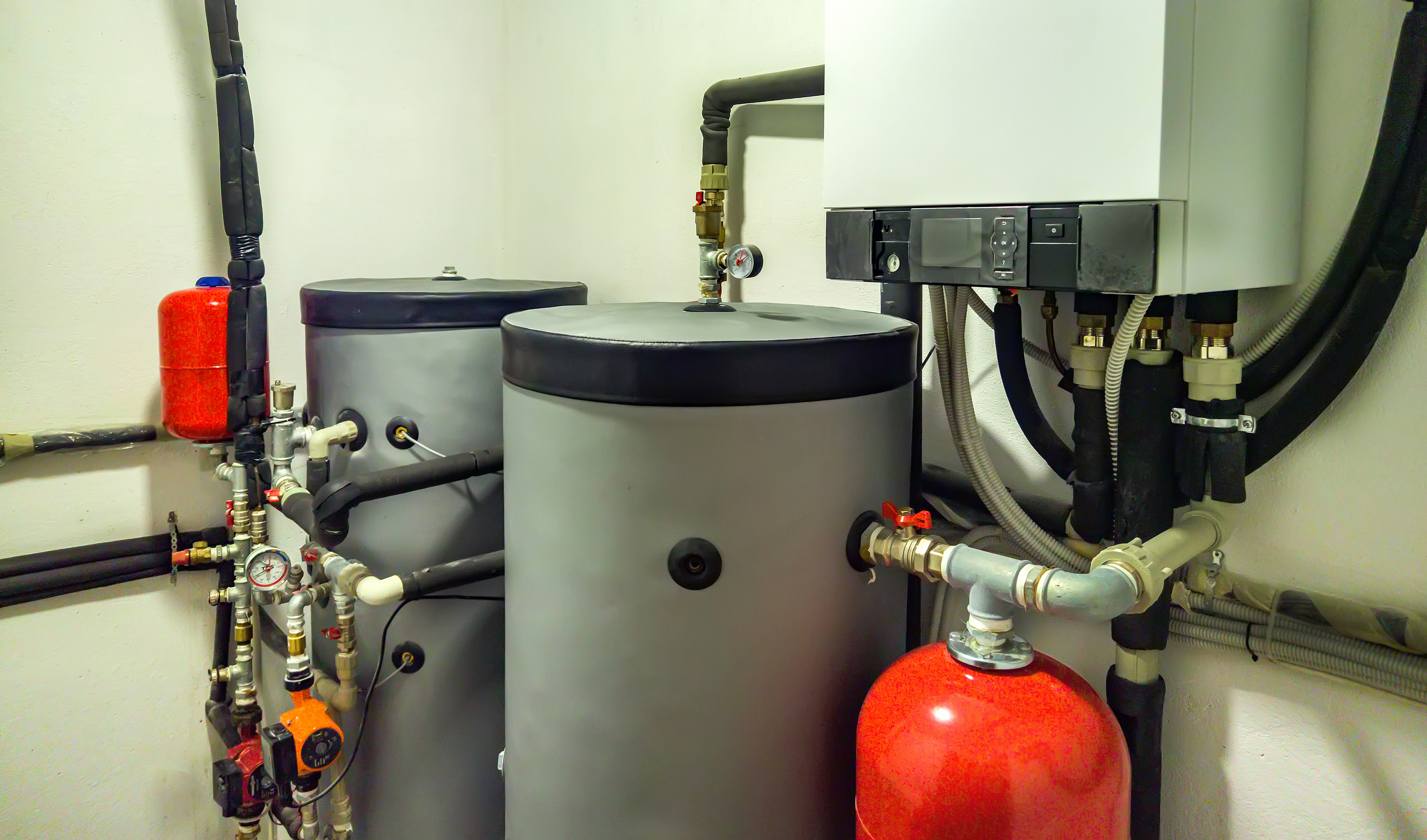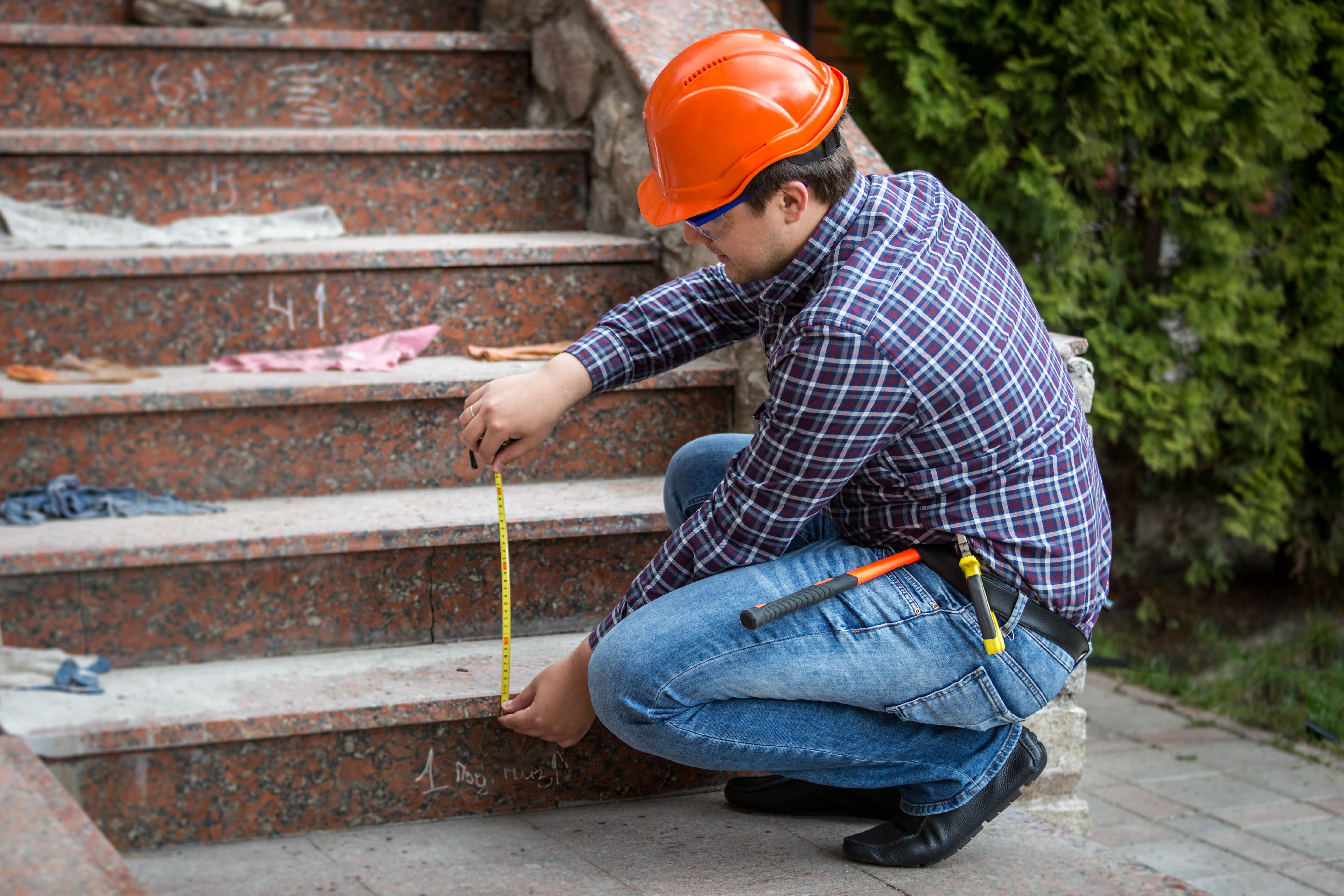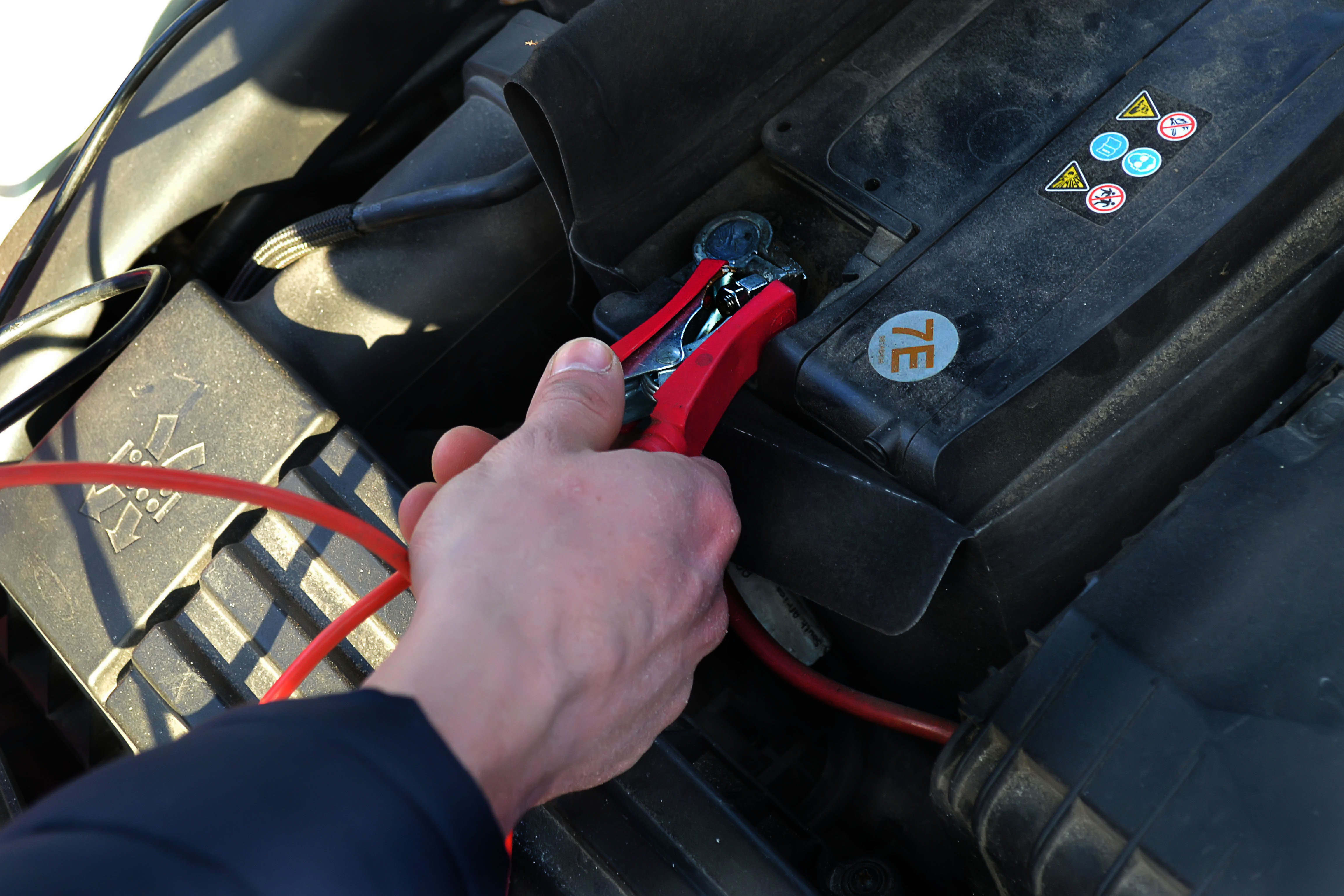
With average temperatures in the UK winter season ranging between 2 -7 degrees Celsius and even dipping below 0, the importance of having an efficiently running boiler cannot be stressed enough for hot showers and cosy interiors. Whether it is the traditional heat-only boilers or the modern combi boilers that you have, they need constant surveillance. Keeping an eye on the boiler pressure is crucial. From recognising signs of low boiler pressure to increasing it to everything else in between, here is all you need to know about how to increase boiler pressure.
Red Flags For Low Boiler Pressure
According to experts, the ideal boiler pressure is between 1-1.5 bars when it is turned off and 1-2 bars when it is running. Much like frequent sneezing and incessant coughing can indicate we’re about to fall sick, boilers also have a way of communicating that they require attention.
Here are some telltale signs that your boiler pressure is too low:
Lukewarm water in taps: This is usually the first sign that something is wrong with your boiler pressure.
Odd noises: Sounds like banging, whistling, and gurgling in your pipes when the boiler is switched on also point to low boiler pressure.
Abnormally high energy bills: If the pressure is too low, your boiler will struggle harder to reach desired temperatures, raising your monthly costs.
The boiler gauge: If you check the gauge regularly, you should be able to tell if the needle has dropped below the recommended pressure
Leaks: Finally, if you see damp patches, water damage, or clearly see your boiler losing water, the pressure is going to be too low.
Fun Fact: According to the Institution of Gas Engineers and Managers, approximately 23 million households in the UK have boilers. |
Increasing Your Boiler Pressure In Four Easy Steps
Now that we know that your boiler pressure is too low to provide sufficient heating and hot water, let us see, step by step, what you need to do to raise it back to the correct pressure. Keep on reading to find out!
Step 1: Turn off your boiler
You must turn off your boiler and wait for it to cool down before you begin repressurising it. Wait for at least 4-6 hours for it to cool down completely. This not only saves you from getting scalded by the hot water, but also ensures that the repressurising process is smooth and efficient.
Step 2: Where are the filling loops?
Next, you need to locate where your boiler’s filling loops are. If it’s a typical boiler, it will usually be located below the boiler next to the pipe system. Simply open the valves to let in the right amount of water to begin the repressurising process.
On the other hand, if your boiler is heat only or a model that is older than 5-10 years, it likely won’t have any filling loops. In this case, use your filling key to unlock it and turn on the valve to begin repressurising.
Step 3: Keep your Eyes on the pressure gauge!
As water begins to fill up your boiler, keep a sharp eye on the pressure gauge. Ensure that the needle does not cross 1.5 when you’re refilling the boiler, lest the pressure become too much for your systems to handle. Once the desired pressure has been achieved, switch off the valves carefully to prevent overpressurising your systems.
Step 4: Turn your boiler back on
Finally, all done. Now all you have to do is turn your boiler back on again. Depending on your product, you will need to wait about thirty minutes for your water to reach the right temperature. After this, enjoy hot showers, sparkling dishes, and a warm and cosy atmosphere throughout your home.
Pro Tip: Bleed the radiator if you accidentally repressurise your boiler above the recommended limit. |
High Boiler Pressure—Is It Always A Good Thing?
An excess of anything is undoubtedly bad. If your boiler pressure reaches above 2 bars while it is turned on, it can lead to some dangerous situations:
Steam or hot water: If the pressure is too high, the R-valve may open to release the excess. This could cause structural damage and even scalding issues when you try to approach it.
Leaks: If the valve malfunctions, it will lead to ruptures, causing leakages that will damage nearby walls.
Overheating: Your boiler may also shut down due to overheating. This would mean that you would have no hot water or heating throughout your property, turning your cosy home into a winter castle.
Explosion: very rare, but possible. The high pressure may cause your boiler to explode, resulting in injuries, property damage, and costly replacements.
Conclusion
To summarise, boiler pressure should always be maintained for comfort and convenience. While repressurising is a simple task, the manufacturer's instructions should never be taken lightly to prevent injuries and property damage. Just follow these easy steps on how to increase your boiler pressure, and you should always have warm water and cosy interiors, no matter how frigid it is outside.
FAQs
- How frequently do I need to repressurise my boiler?Once or twice a year.
- What is a condensing boiler?Highly efficient, it recovers heat from the flue gases instead of wasting it.
- What are the three types of boilers?Traditional (heat only), combi, and system boilers.
- What is the lifespan of a boiler?With the right maintenance, your boiler can last 10-15 years.
- What happens if the boiler pressure goes into the red zone?This could indicate that the pressure is too high--above 2.75.

About Author : Eagan Taylor
Hey! I'm Eagan Taylor, I'm a versatile writer with a passion for crafting engaging and thought-provoking content. With a broad range of interests and expertise in various subjects, I can write on multiple topics about local businesses.









